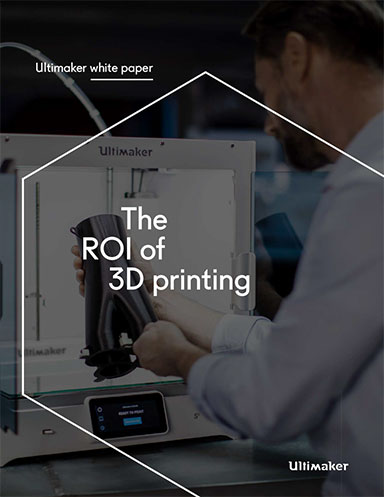Simulation Transition: Materials
It is fundamentally essential to understand how your simulation software incorporates the mechanical properties of materials.
Latest News
June 1, 2019
A critical component often glossed over is the importance of understanding material science that pertains to simulation. Simulation results will vary greatly if this one detail is overlooked during the setup of an analysis.

Material behavior can be complex and difficult to simulate so multiple approaches are used to describe the physical behavior. It is fundamentally essential to understand how your simulation software incorporates the mechanical properties of materials. This month, we will scratch the surface with key fundamentals in navigating this space, starting with the basics.
Mechanical Properties of Materials
In finite element analysis we rely upon numerical methods that incorporate physics and engineering equations to generate results. These equations need numerical inputs to describe how mesh elements will displace in space. Materials can be implemented into these equations by describing their mechanical properties. For example, you might have seen a thin circular metal bar stretched apart inside an enclosure until necking occurs. This is one of many methods of extracting the physical behavior of a material into numerical values.
Gathering the data from this experiment would provide us with values we could use in our simulation analysis. Most common materials studied with a good foundation of experimental data available fall into three general categories: elastic, elasto-plastic and super elastic Nitinol. Others exist, but for this conversation let’s focus on elastic.
When you hear the word elastic, you probably visualize a rubber band or something that stretches and returns to its original shape. In fact, that is exactly what an elastic material does. Specifically, the material follows the same path for stress during the period of loading and unloading.
Within the elastic range, a material is said to have a linear elastic characteristics if it follows Hooke’s law. This is where the relationship between stress and stain is proportional providing a constant Young’s modulus in the boundaries in which it is loaded and unloaded. If Young’s modulus and Poisson’s ratio are the same in all three reference axes of a Cartesian coordinate system, it is said to be isotropic. Orthotropic materials have different Young’s modulus and Poisson’s ratio on at least one axis. A great example of an orthotropic material would be wood with a grain line.
Referencing previous articles, we discussed material nonlinearities as grounds in which we would need a nonlinear approach to solve analysis problems. This is where our stress stain curve becomes nonlinear. Experimental data that is continuous is ideal for deriving usable results. Typically, material vendors who produce these grades of material or specialized products have numerical data points available for use. If this is not available, another option would be to search MatWeb. MatWeb is a great online engineering resource with over 130,000 different materials available at your disposal.
Description Difficulties
As materials become more difficult to describe numerically, alternative approaches used to describe their behavior come to the forefront. Hyperelastic materials tend to come to mind, as they can stretch or displace a great deal and return to their original shape after unloading. As these types of materials vary from other elastics, they tend to be described in terms of stress-stretch ratio, instead of the traditional stress-strain.
Mathematically, various methods such as Mooney-Rivlin, Ogden, Blatz-Ko, neo-Hookean, Signorini and other models are used to describe these types of materials. Consult your current software vendor to identify which material modes are available.
Primed with the basics to navigate the materials space, it becomes evident how critical experimentally derived material values and the mathematical models used to describe their behavior are in simulation analysis. The differences between linear and nonlinear analysis discussed in previous articles tend to become more concrete with understanding of how materials behave. Next month we will explore analysis benchmarks. We will review how benchmarks can be used to improve the results in your simulation analysis problems.
Subscribe to our FREE magazine, FREE email newsletters or both!
Latest News
About the Author
Donald Maloy is a consultant analyst based in the greater Boston area. He also works as a certified simulation and mechanical design instructor for a software reseller.
Follow DE





